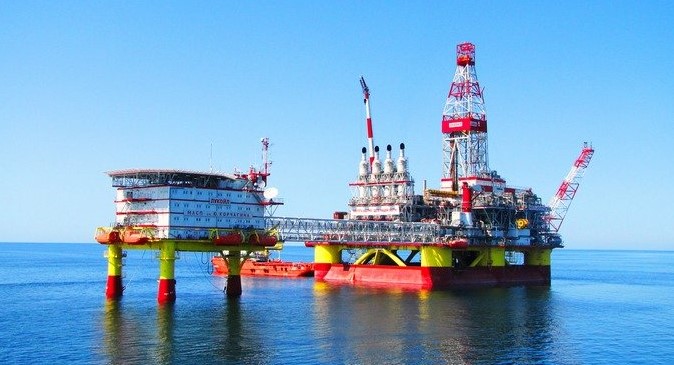
Europe’s industrial gas consumers reversed some of their production curtailments in the second quarter of this year, but a significant recovery in industrial demand seems unlikely in the second half of the year as winter heating demand pushes up gas prices.
In February German chemicals giant BASF became the first big company to announce the permanent closure of a fertilizer plant in Europe because of high gas prices.
During an earnings call on Jul. 28, CEO Martin Brudermuller confirmed that BASF is not planning any further closures of production capacity in the medium term, but he warned that other firms might.
“There’s nothing more to come now from our side, as much as we can foresee in the medium term. But I am absolutely sure that other companies will make similar announcements,” Brudermuller said.
Just a few days before he spoke, CF Fertilisers UK announced that it would permanently close the ammonia plant at its Billingham complex in northeast England.
The industrial sector has traditionally accounted for around 20% of the EU’s total gas demand, which amounted to 412 billion cubic meters in 2021, according to European Commission data.
Brudermuller called for political support to safeguard Europe’s chemicals industry, which he said has generated a €50 billion trade surplus over several decades.
“With the increase in gas prices last year, this has gone. Europe is today importing more chemicals than it’s exporting. So something has to be done,” he said.
European gas prices soared last year after Russia’s invasion of Ukraine. And while prices have since retreated, they remain relatively high by historical standards.
Curtailments Reversed
Norwegian fertilizer producer Yara said it had ended most of its production curtailments in Europe by the second quarter of this year.
Curtailments of finished fertilizer production capacity stood at 0.4 million tons per year in the second quarter — 10% of the company’s European capacity — down from 1.3 million tons in the first quarter.
Curtailments of Yara’s ammonia production totaled 0.2 million tons or 17% of its European capacity in the second quarter, down from 0.6 million tons/yr in the first.
CRU nitrogen analyst Alex Amin told Energy Intelligence that European ammonia production had recovered in the first half of 2023 in response to softer gas prices.
“Capacity curtailments improved to 25% in June 2023, down from 70% in September 2022,” he said.
An uptick in demand for ammonia had also helped to reduce curtailments, but producers will still face a challenging winter, he added.
“Rising gas prices in [the fourth quarter of 2023] will pull the European cost of production above global prices once again, incentivizing further cutbacks for those producers who don’t have the ability to switch to importing ammonia,” said Amin.
OMV Refinery Uses More Gas
CEO Alfred Stern confirmed during OMV’s Jul. 28 earnings call that the company has stepped up the use of natural gas at its Schwechat refinery in Austria, in response to “more attractive prices” and its lower CO2 footprint compared to alternative fuels.
OMV had cut consumption of gas at the refinery by 30% last year as prices spiked.
However, OMV does not plan to switch back to gas at its Burghausen petrochemicals plant in Germany.
Stern said some European ammonia producers had mothballed plants and lowered their output, adding that he believes “some of these effects will be permanent.”
Industrial gas demand in several major European countries fell during the first half of 2023, despite lower prices compared with last year.
In Germany, industrial gas demand averaged around 1,364 gigawatt hours per day (140 million cubic meters per day) in the first six months of the year, down 11.3% from 1,537 GWh/d in the first half of 2022, according to German networks agency BNetzA.
In Spain, industrial gas demand fell 8.9% year on year in the first half of 2023 to 87.3 terawatt hours (8.9 Bcm), according to Spanish transmission system operator Enagas.
And in Italy industrial consumption of around 62.1 TWh (6.4 Bcm) in the first six months of 2023, was down about 10.8% year on year, Entsog data shows.



